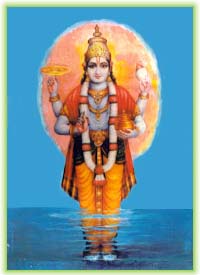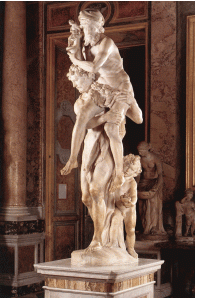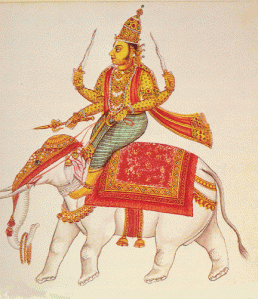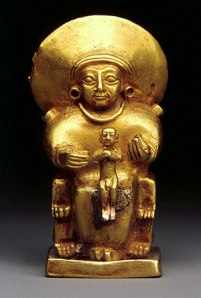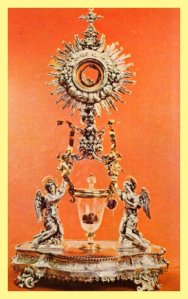Modern Christian Mythology: Long Lives of the Patriarchs

Many cultures have mythological tales that set the origin of their culture in a glorious or past. Their forefathers, whether real or mythical are often given great wisdom, insight, and near supernatural powers. And, long life spans was a particularly sought after trait in pre-scholastic societies in which long life was the only measurement of a man’s wisdom. An explanation does not need to be given for every story that is obviously mythological. Who,after all, spends an extraordinary amount of time explaining the flight ability of Pegasus? But, when we do have a parallel, it can be quite interesting to look at to gain insight into the evolving nature of myths and legends.
And, the case of the long lives of the Biblical Patriarchs does have a very interesting parallel, indeed, since their ages appear to be inspired by earlier Sumerian legends of the long lives of their early kings, many of whom are believed to be purely mythical.
Now, the list of the patriarchs is given in two locations in the Bible, each differing from each other (Genesis chapter 4 and chap 5, the J source and P source, respectively). The names are slightly different and are in a slightly different order in each list. When the P source was compiling his list, he must have come into contact with the Sumerian king list and used it as a source.
They understood the reigns as the lifespan, just in need of conversion. The focus on _ is their age at the time of the birth of their children
“In P’s list there are ten patriarchs before the Flood …
the Babylonians told similarly of ten kings who reigned before the
Flood, and who reigned moreover for the portentous period of …432,000 years.
These are their names, with the number of years that each
reigned, according to Berossus 2; —
”
-S.R. Driver, The Book of Genesis with introduction and notes
| Priestly List |
|
Sumerian Kings |
| 1 |
Adam |
130 |
|
Alorus |
36,000 |
| 2 |
Seth |
105 |
|
Alaparus |
10,800 |
| 3 |
Enosh |
90 |
|
Amelon |
46,800 |
| 4 |
Kenan |
70 |
|
Ammenon |
43,200 |
| 5 |
Mahahalel |
65 |
|
Megalaros |
64,800 |
| 6 |
Jared |
162 |
|
Daonus |
36,000 |
| 7 |
Enoch |
65 |
|
Edoranchus |
64,800 |
| 8 |
Methuselah |
187 |
|
Amempsinus |
36,000 |
| 9 |
Lamech |
182 |
|
Otiartes |
28,800 |
| 10 |
Noah |
500 |
|
Xisuthros |
64,800 |
|
Flood age |
100 |
|
|
|
|
Sum |
1,656 |
|
Sum |
432,000 |
|
Sabbaths |
86,400 |
|
Sosses |
86,400 |
Once the total number of units were “known”, the lives of each of the patriarchs were filled in. Some of the numbers may have had significance (the life span of Enoch, who was associated with the sun, was 365 years) other may have just been random numbers (both Mahahalel and Enoch had “65” assigned to them).
There’s other correlations between the names in the list, too:
(information from Driver, paraphrased by me)
- The third names, Babylonian Amelon and Hebrew Enosh both mean “man”
- The fourth names, Babylonian Ammdnon and Hebrew Kain, both mean “smith”‘
- The fifth names, Babylonian Amegalarus, a variation of ‘ man of Aruru,’ (a Sumerian god), Hebrew Mahalal’el is a variation on, ‘praise of EL’
- The eighth names, Babylonian Amenipsinus is a corruption of ‘the man of Sin’, (Sin being the moon-god), and Hebrew Methushelah ‘or man of god’ or ‘man of the moon-god, depending on the original name
So, why would the writer of the Priestly Code use a pre-existing list of Sumerian kings to compose his list? Can you imagine an ancient historian trying to put together the history of his people and happening upon a actual written record that he could use to calculate his own time frame? What a great find that would have been. He must have been ecstatic.

